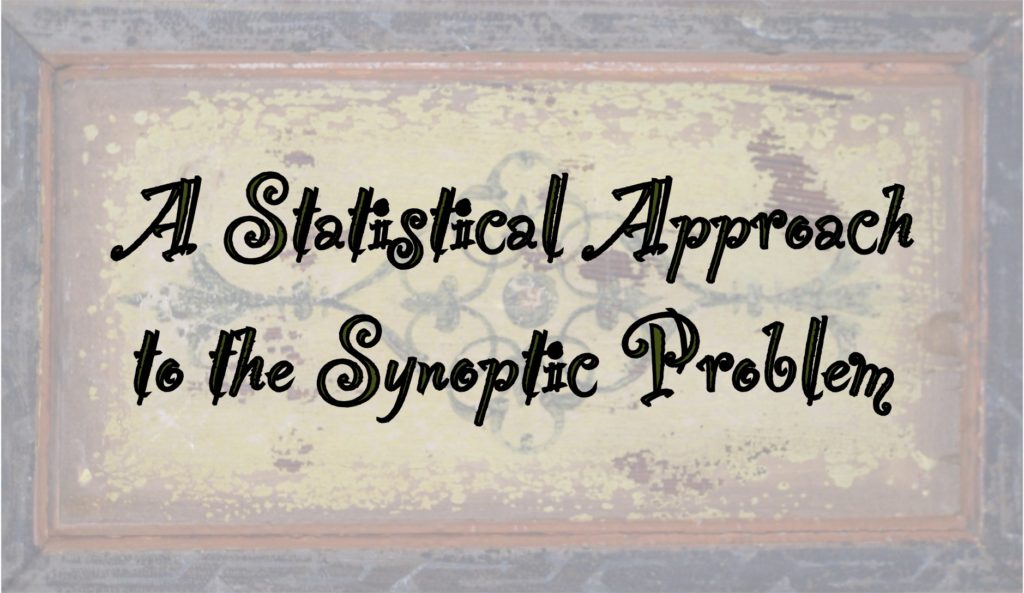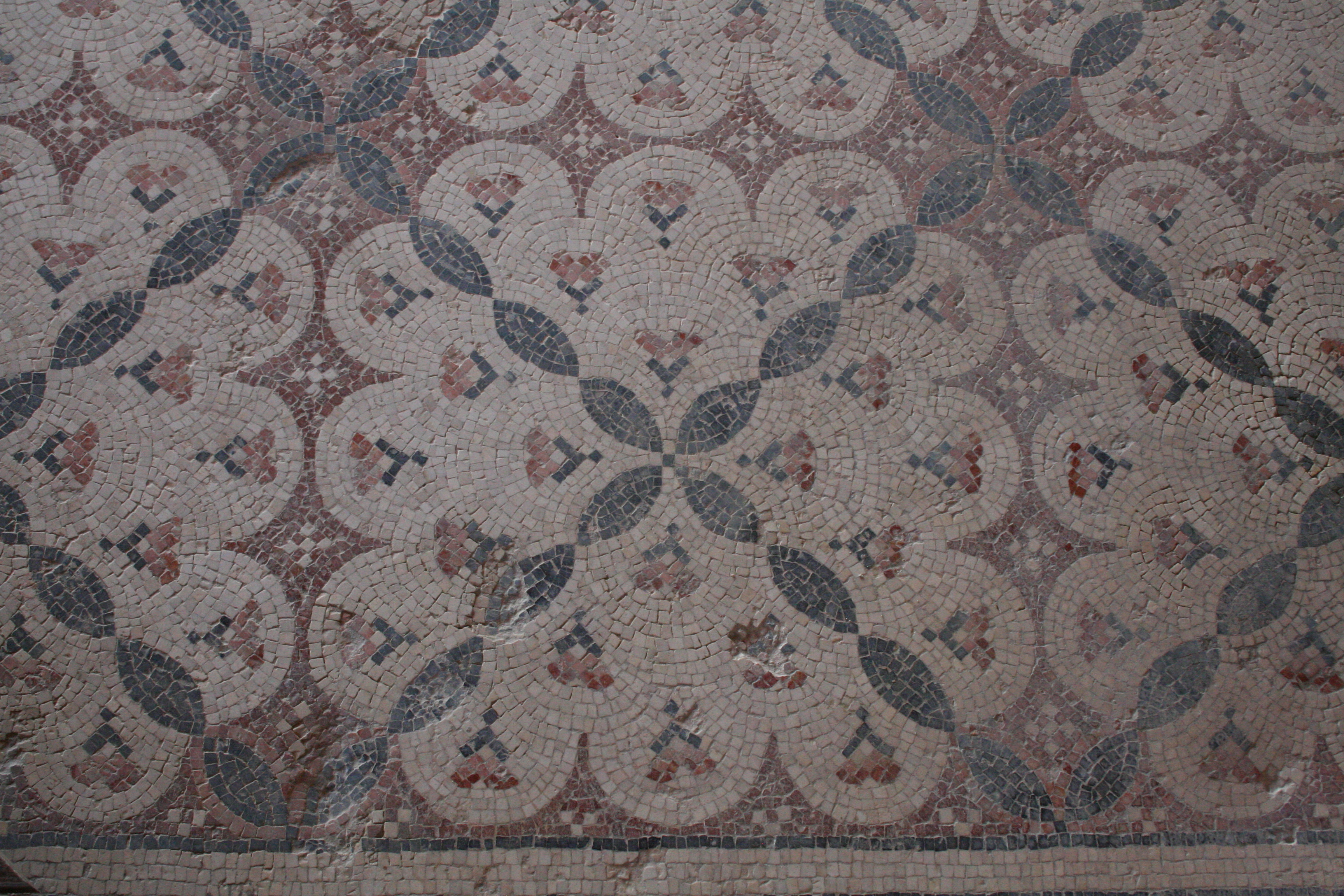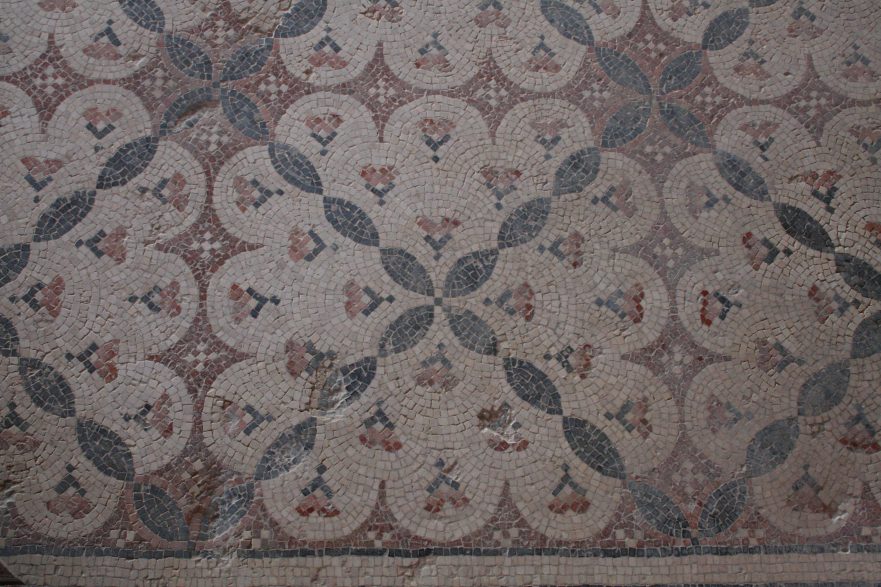
So far in this series we have analyzed Triple Tradition (TT) verbal identities (Part One) and the three Double Traditions (Matthean-Lukan DT, Matthean-Markan DT, and Markan-Lukan DT) and their verbal identities (Part Two) in order to test the viability of the six possible scenarios of simple linear dependence among the Synoptic Gospels. In each case, a methodological innovation allowed us to make some progress toward determining the direction of literary dependence among Matthew, Mark, and Luke. In Part One, verifiable quantifiable statistical predictions regarding TT relationships were introduced and tested. The result was that from among the six hypothetically possible scenarios of simple linear dependence only the Matthew→Mark→Luke and the Luke→Mark→Matthew scenarios are viable. In Part Two, quantifiable checking of consistency in DT was accomplished by analyzing an author’s relationship to his parallels in four different contexts. The result was that only the Luke→Mark→Matthew scenario of simple linear withstood the test. Here in Part Three we will examine “Single Tradition” (ST) materials for evidence of literary dependence.[1]
Our approach will involve an attempt to quantify the degree of Semitic influence in the Synoptic Gospels and to compare the level of Semitic influence in the three Single Traditions (Matthean ST, Markan ST, Lukan ST) with the level of Semitic influence in the one Triple Tradition and the three Double Traditions. We will then ask whether the information we have gained from analyzing levels of Semitic influence across the different parts of each Gospel is consistent with or contrary to the Luke→Mark→Matthew scenario of literary dependence.
Paid Content
Premium Members and Friends of JP must be logged in to access this content: Login
If you do not have a paid subscription, please consider registering as a Premium Member starting at $10/month (paid monthly) or only $5/month (paid annually): Register
One Time Purchase Rather Than Membership
Rather than purchasing a membership subscription, you may purchase access to this single page for $1.99 USD. To purchase access we strongly encourage users to first register for a free account with JP (Register), which will make the process of accessing your purchase much simpler. Once you have registered you may login and purchase access to this page at this link:

Mosaic floor in Sepphoris (Zippori) in the Galilee. Photo courtesy of Gary Asperschlager.
- [1] One could choose to call these materials “Independent Tradition,” since we are referring to material unique to each Gospel which is, therefore, independent from the influence of the other Gospel writers. But “Independent Tradition” too easily suggests the theory that this material is really original material composed by the author of the Gospel in which it appears. However, since it is theoretically possible that all of the writers had at their disposal all of the materials that appear anywhere in the Synoptic Gospels and that each author simply made his own decisions as to what to include and what not to include in his Gospel, I prefer avoid terminology that tends to prejudge the issue. ↩































































































